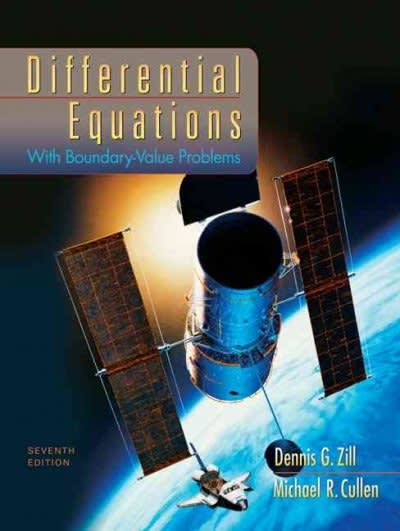
stplease help thanks
3. For each of the following hypotheses, state whether a one- or a two-tail test is appropriate, and if it is a one-tail test, state whether it is a right-tail or left-tail test. a) Geneseo students attend a fewer parties per month than Brockport students. b) The median income (adjusted for inflation) of white collar workers in the U.S. is higher today compared to 1980. c) The average number of hours that American adults watch TV per day is different in 2016 compared to 2006. 4. Fill in the blanks to complete the following statements: Holding other factors constant... a) ...if the sample size decreases, the confidence interval becomes precise. b) ..if the sample size increases, the confidence interval becomes precise. c) ..if the level of confidence is lower, the confidence interval becomes precise. d) ..if the level of confidence is higher, the confidence interval becomes precise. e) ..if the sample standard deviation is smaller, the confidence interval is precise. ..if the sample standard deviation is larger, the confidence interval is precise. 5. For each of the following statements, state whether it is a correct inference or if it is an incorrect inference, identify the type of error made (Type I or Type II error). a) Your null hypothesis is that people's religious affiliation is independent of their support for same-sex marriage. Based on analysis of a random sample of people in the U.S., you fail to reject the null hypothesis. In the population, there is an association between people's religious affiliation and their support for same-sex marriage. b) Your null hypothesis is that the average income in the U.S. is equal to $55,000 per capita. Based on analysis of a random sample of people in the U.S., you reject the null hypothesis. The actual population mean income is $56,500. c) Your null hypothesis is that the median household income in the U.S. is equal to $59,039. Based on analysis of a random sample of households in the U.S., you reject the null hypothesis. The actual population median household ncome in the U.S. is $59,039 per household.1. Match the word on the left with the correct definition on the right: + Estimation A) A sample statistic used to estimate the value of a population parameter. 3) The likelihood that a specified interval will contain a given parameter. Point Estimate C) A range of values defined by a confidence level within which the population parameter is estimated to fall. Interval Estimate D) The process whereby we select a random sample from a population to make Confidence Level an inference about an unknown parameter. E) A statement of "no difference" or "no effect" that is expressed in terms of Null hypothesis population parameters F) A statement reflecting the substantive hypothesis, expressed in terms of Two-tailed test population parameters, sometimes called the "alternative" hypothesis. Alpha G) A type of hypothesis test that involves a non-directional research hypothesis. H) The decided upon level of probability at which the null hypothesis is rejected. Statistically significant 1) A phrase meaning the results are unlikely to have occurred by random chance or sampling error; when the probability of having obtained a test statistic is less Research hypothesis than the level of alpha. 2. Indicate whether each situation describes a statistic or a parameter. a) The percentage of New York residents opposed to abortion from a poll of 1,000 residents. b) The median age of Americans from the 2020 decennial census. c) The unemployment rate for the population of US adults, estimated from a sample of workers from each state. d) The average salary of Geneseo employees based on a random sample of employees at Geneseo









